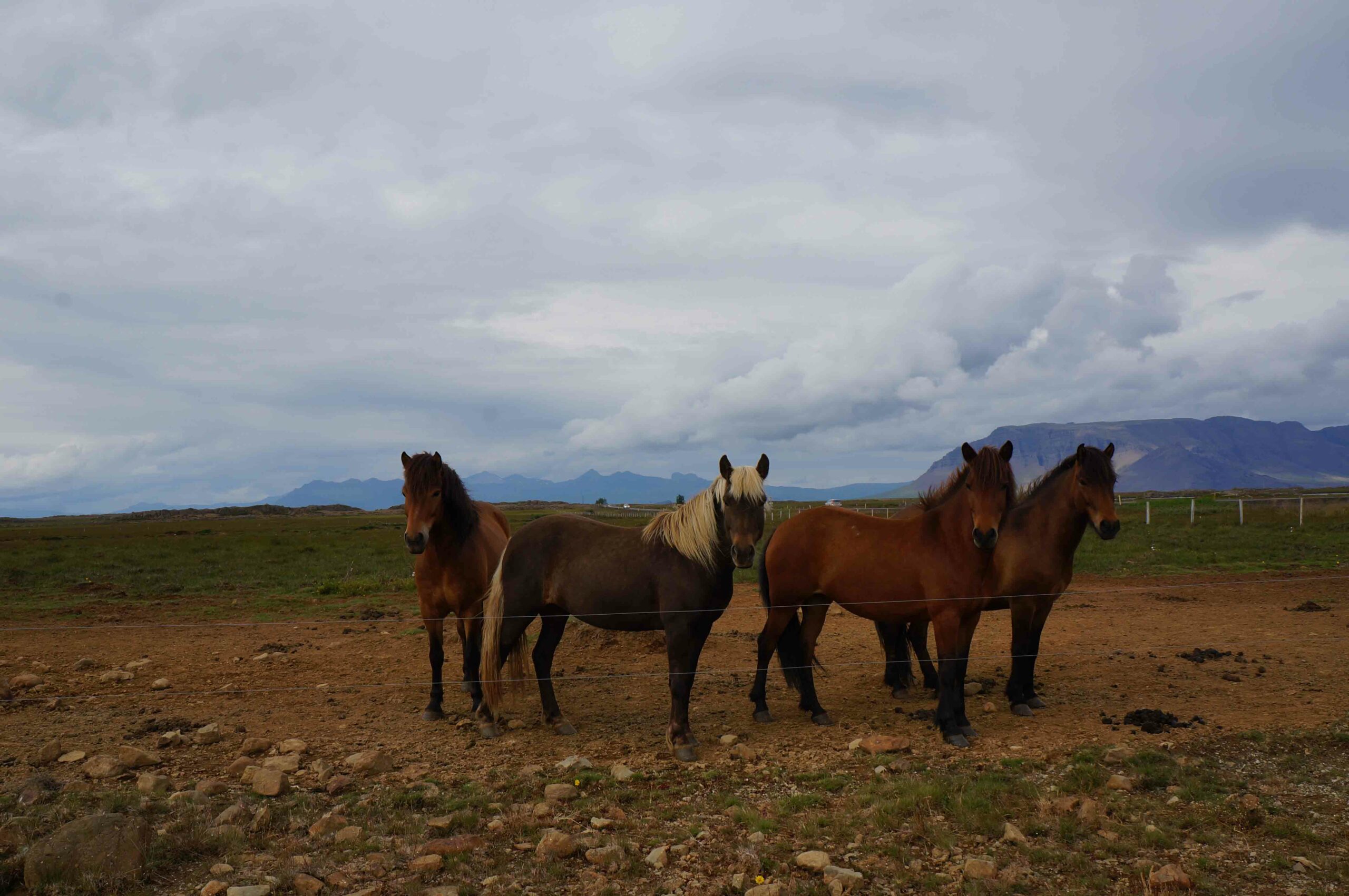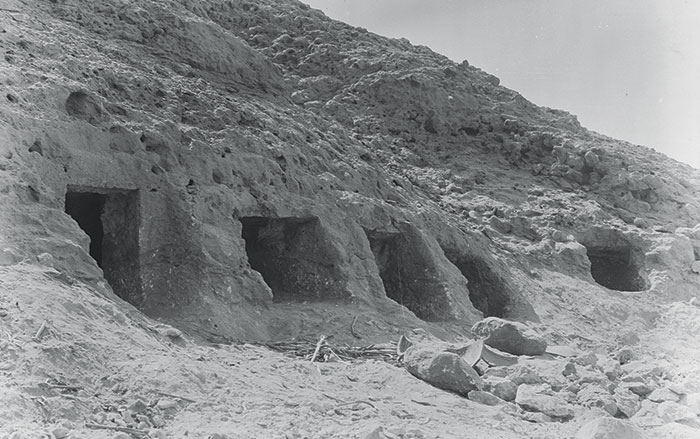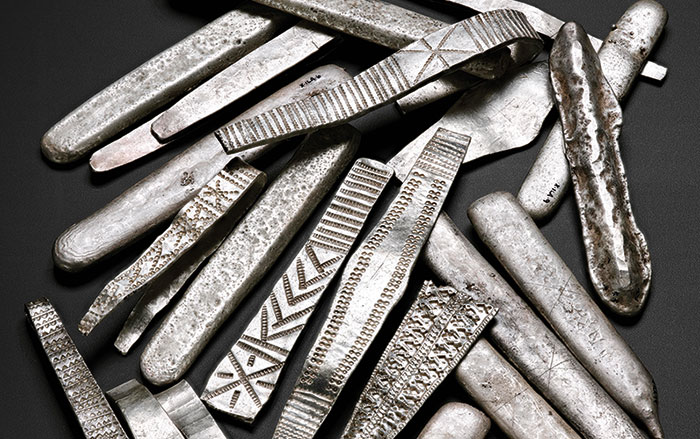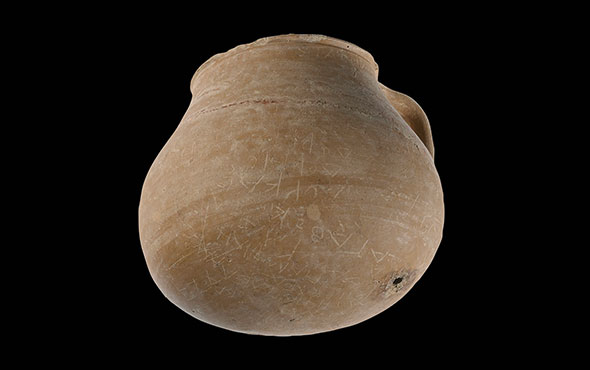
GAINESVILLE, FLORIDA—According to a statement released by the University of Florida, researchers have sequenced the mitochondrial genome of a sixteenth-century horse using DNA extracted from a tooth discovered at the Spanish colonial site of Puerto Real in what is now Haiti. The town of Puerto Real was first established 1507 and quickly became a center for piracy and smuggling. Spanish officials destroyed the settlement in 1579 and the site was lost to time. A medical missionary discovered remnants of the town by chance in the 1970s and a team of University of Florida archaeologists conducted excavations there between 1979 and 1990. Historical documents suggest that Europeans began to import horses to the Western Hemisphere beginning in the late fifteenth century, but there is little archaeological evidence for early colonial–era horses. University of Florida archaeologist Nicolas Delsol, who identified the horse molar fragment in an assemblage of faunal material discovered at Puerto Real, compared its DNA with that of modern horses from around the world. He discovered that the closest living relatives of the 500-year-old Puerto Real horse are not horses living today on the Iberian Peninsula, but rather wild horses that roam the island of Assateague off the coast of Maryland and Virginia. Feral horses have lived on the barrier islands stretching from Virginia to the Carolinas for centuries. They may have waded ashore from wrecked Spanish vessels, or may have been dropped deliberately by sailors intending to one day return. To read more about the archaeology of horses, go to "Taming the Horse."











